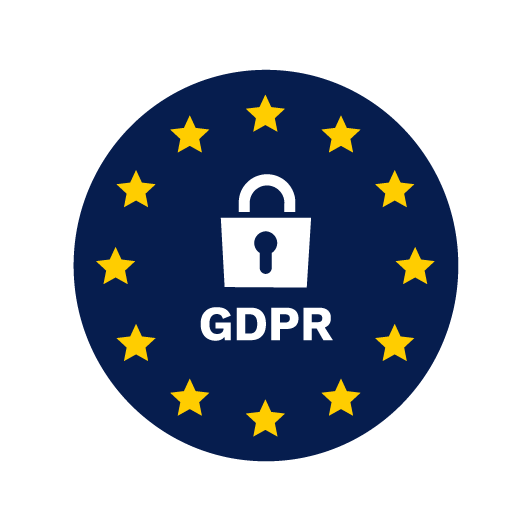Microsoft PowerApps – First Look
Microsoft PowerApps remains in preview and these are a few initial thoughts from our team of developers who created multiple apps using the platform. This is a simple, first look of the good, the bad and the so-so of Microsoft PowerApps. With a highly experienced team in delivering mobile apps as well as experience in Microsoft InfoPath, we were curious how Microsoft PowerApps compares and may be a replacement for InfoPath, but more importantly, how it compares to our mobile app builder, Forms On Fire.
There have been plenty of reviews on PowerApps, many of them focusing on the announcement and repeat of Microsoft’s marketing material on features. Some useful reviews include:
- Netwoven
- Engadget
- ZD Net
- Well known SharePoint Geek Benjamin Niaulin
- InfoWorld Fellow Martin Heller
- Joe Karnes Centric Consulting
- And more…
Microsoft PowerApps Review
Rapid Development. Getting up and running quickly is pretty easy for simple, one entity scenarios. In other words, if you have a list of equipment you want to be able to review, edit, delete and add via any device, this is an easy way to make the list available. In short, you point your designer at a data object in any number of connectors and a screen is automatically created.
Connectors. Out-of-the-box, Microsoft PowerApps delivers many connectors to some of your favorite systems, including AzureBlogs, Box, Dropbox, Dynamics CRM Online, Facebook, FTP, GitHub, Google Drive, Google Sheets, Google Calendar, Google Tasks, Instagram, Mail, MailChimp, Mandrill, Microsoft Translator, Office 365 Outlook, Office 365 Users, Office 365 Videos, OneDrive, OneDrive for Business, Outlook.com, Project Online, Push notifications, RSS, Salesforce.com, SendGrid, Microsoft Service Bus, SFTP, SharePoint Online, Slack, SMTP, SparkPost, SQL Server, Trello, Twilio, Twitter, Wanderlust, Yammer and YouTube. We found it a little unusual that when you press the “connectors” button in the native Windows app, you are taken to a web page in your Microsoft Office 365 account to make those connections. This is a duplicitous development and could be confusing for the citizen developer. There was also a custom API connector and what they refer to as a gateway to your on premise data. We did not test this thoroughly. It appears from the number of connectors currently that Microsoft has big plans in this area. We would also like to see them create a standard connector to Zapier, the cloud system standard for integration.
Easy-to-learn, easy-to-use. Though we found it fairly easy to learn and somewhat easy to use, Microsoft PowerApps is not designed for the citizen developer. That is to say, the language is very programming-ish. PowerApps is veering in a direction that looks more like VisualStudio.
Rich Controls. Allowable controls for Microsoft PowerApps look to include those things you might expect in a mobile device, such as images, audio and video. PowerApps also includes charts and icons which you can include on your app. However, there is no support for GPS or Near Field Communication (NFC).
Offline Use. Any app built in Microsoft PowerApps requires you to be connected while using the app. For most of us, this is a show-stopper. In a conversation with PowerApps support, there are no plans to support offline use of an app.
If you want to join the true mobile movement, where citizen developers are empowered to design mobile apps that work offline, join Forms On Fire by giving us a try.
Company
Platform
Resources
Contact
+1 (425) 214-1920
10900 NE 4th Street, Suite 2300
Bellevue, WA 98004




